Chronological American History in High School
What do you do with a high school student who has been through two cycles of American history and thinks a third cycle would just be boring and unfruitful? Spice it up and make sure he dives deep!
Over the years, our family has followed a four-year history cycle. By the time high school rolls around, two years of early American history and two years of modern American history have already been completed. Unit studies full of informational literature, historical fiction, and field trips filled the earlier years for plenty of in-depth learning.
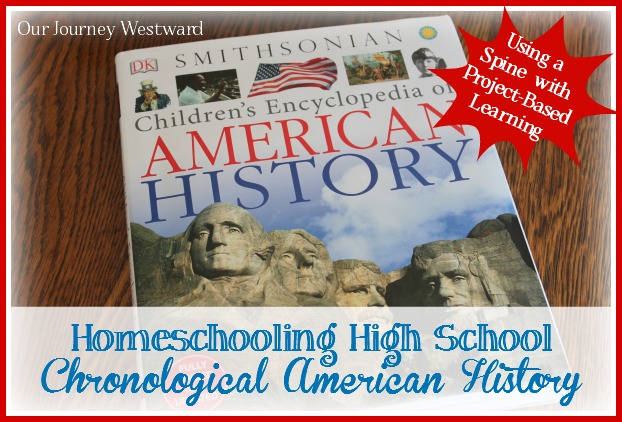
This post contains affiliate links.
Take a Deep Dive in High School Homeschooling
Rather than do a third cycle rinse and repeat, consider a third cycle deep dive when high school rolls around. Expect children who already know the basics of each era, period, and event of history to take some ownership for digging deeper into learning. This promotes independent learning, research skills, and higher-order thinking, which are important in homeschooling high schoolers.
Learning history chronologically has been important in our home in previous years, and that doesn’t change in high school. What does change is the opportunity to look at history from a more critical perspective. Here are several practical ways to allow high schoolers to take more ownership in learning while thinking more critically.
- Analyze the causes and effects of historical events.
- Compare events.
- Research particular people and their shaping of events.
- Compare the Christian worldview to the secular worldview of history.
- Read opinionated articles to debate around the supper table.
A Resource for Chronological American History
Feel free to use a formal history textbook to study chronological American history in high school. That’s never been my style, but I still need something to keep me on track and ensure that all the historical high points are covered. The perfect book to give us the freedom we crave and the stability we need is the Children’s Encyclopedia of American History.
This in-depth, visual history book by DK Publishing begins with early American explorers and ends with events as late as 2014. Eighteen chapters (320 pages!) cover all the eras of American history with great detail. Plenty of images, maps, and timelines keep kids interested and engaged. The content included chronological American history at its finest!
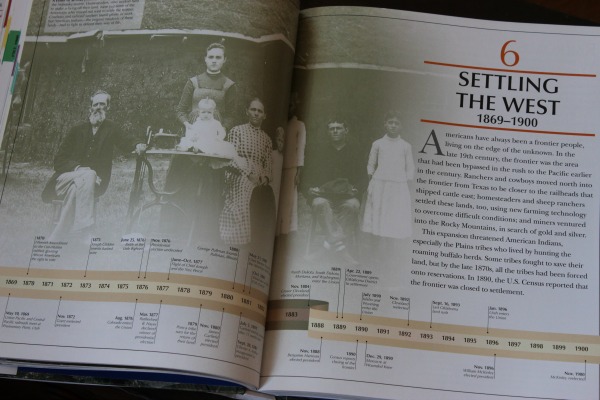
Use a Spine Book to Facilitate Learning
The Children’s Encyclopedia of American History has become our high school American history spine. A spine is a single book used within a unit study or a themed study that is the backbone to keep the study on track. At the same time, a spine allows room to linger on a topic or take rabbit trails away from the topic for a short time.
The text in a spine can also inspire wonderful writing, research, and other assignments for high schoolers. Let me explain with a few examples of assignments I have created to use after reading chapters of the Children’s Encyclopedia of American History.
American Exploration and Conquest Assignments
After reading the chapter Exploration and Conquest, recreate the map of major explorations from the book. Then, research and write a paper on the explorer who seemed most interesting. After that, research the effects exploration (and eventually settlement) had on people who were native to America. Discuss and debate around the supper table.
Revolutionary War Assignments
After reading the chapter about the Revolutionary War and the formation of a new nation, watch David Barton’s American Heritage DVD lessons using these study questions. The DVD lessons may take up to a month. Consider that “time off” from textbook studies, but time very well spent. Afterward, write a speech about discrepancies in modern history books.
WWII Assignments
Research Hitler and his actions through a Christian worldview. Create a PowerPoint presentation and facilitate discussions about the findings.
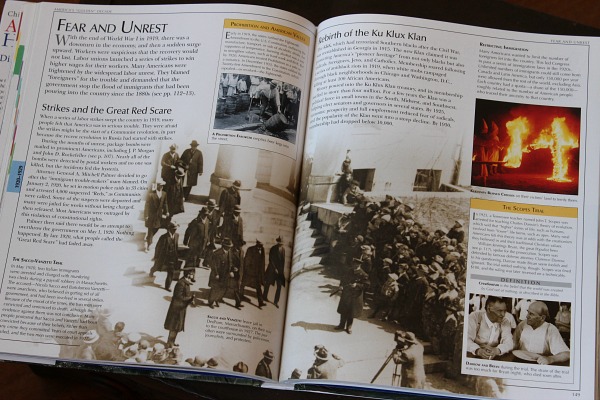
As amazing as a spine is, it should act as a springboard for diving deeper. Lessons don’t necessarily need to be planned far ahead of time because they oftengrow organically from the lessons, a student’s interests, and other fabulous materials you may find
Using the encyclopedia as a spine, expect to take a couple of years to go through it with the rabbit trails and assignments. Make sure that each chapter is followed with at least one good-sized, research-based project. Of course, great historical fiction and living biographies are part of any good homeschool course!
Living Books for American History
Early American Living LiteratureModern American Living Literature
Thorough Learning is the Goal in High School
Teaching a high school course in this “organic” way may be scary. How can you NOT have a full plan in place and just let a high school course “happen”??!! Moving through the encyclopedia chapter by chapter with meaningful project-based assignments leads to abundant, in-depth learning that promotes independent and critical thinking. That’s very valuable.
High School Masterclasses
-
 Product on saleHow To Plan Student-Led Classes in High SchoolOriginal price was: $20.00.$10.00Current price is: $10.00.
Product on saleHow To Plan Student-Led Classes in High SchoolOriginal price was: $20.00.$10.00Current price is: $10.00. -




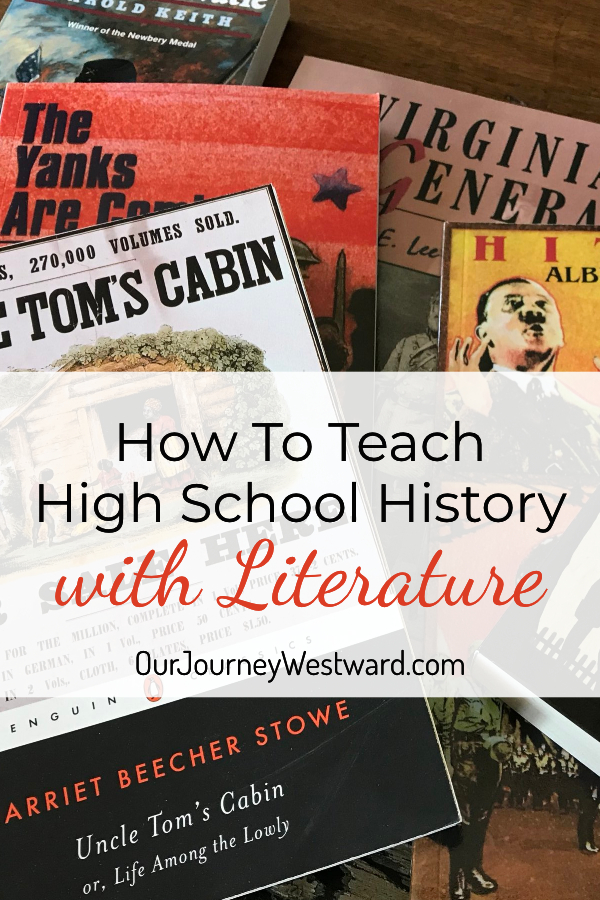
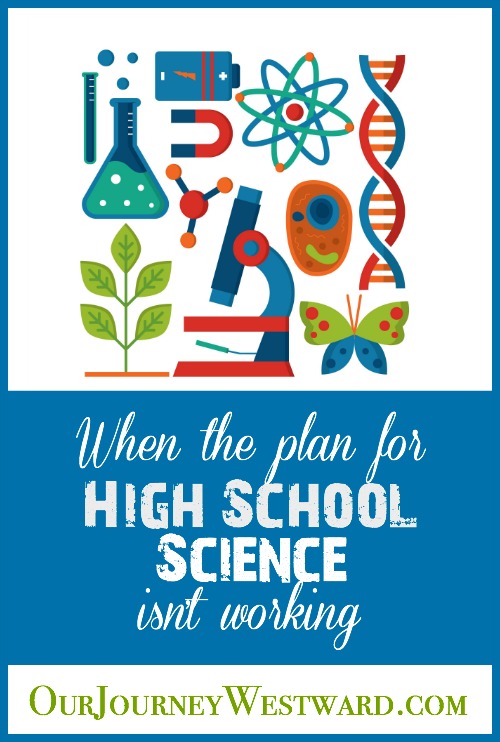
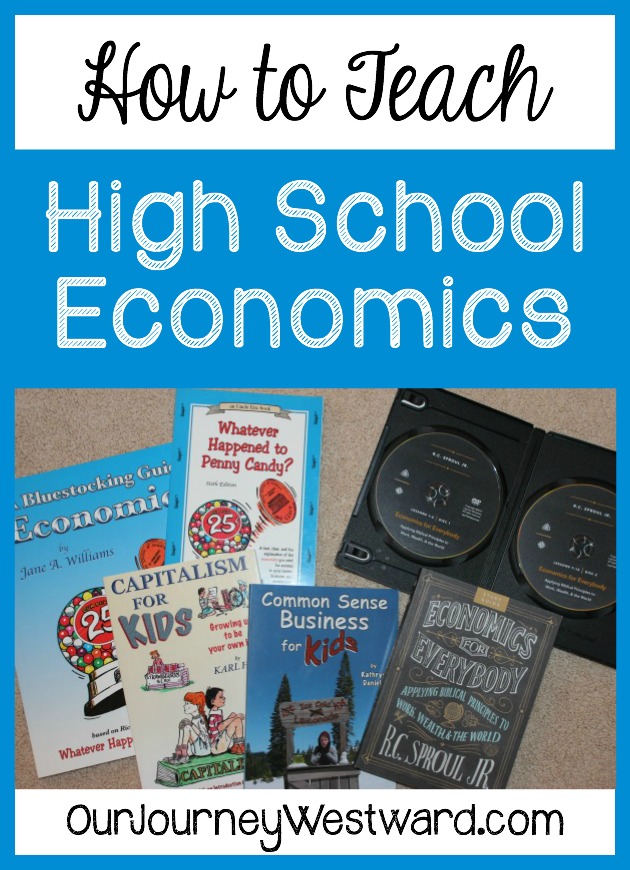
Thank you so much for always sharing & inspiring with your thoughtful posts. My oldest is in Kindergarten, so we are brand new to homeschooling. 🙂
Oh, yay! You have such a wonderful adventure ahead of you, Liz!
Have you ever looked at Classes By Beth? They have a notebooking approach to their history courses. Check out the most recent blog post that explains more or just the list of courses on their website.
I had never heard of Classes by Beth. Thanks for the heads-up.